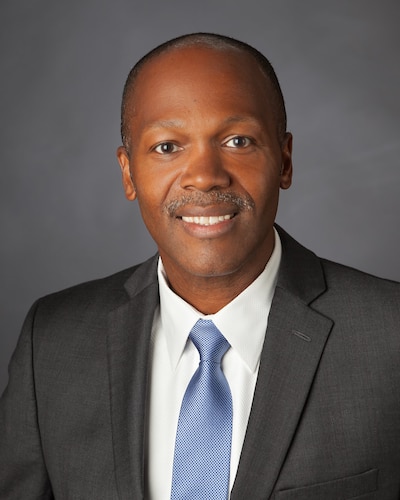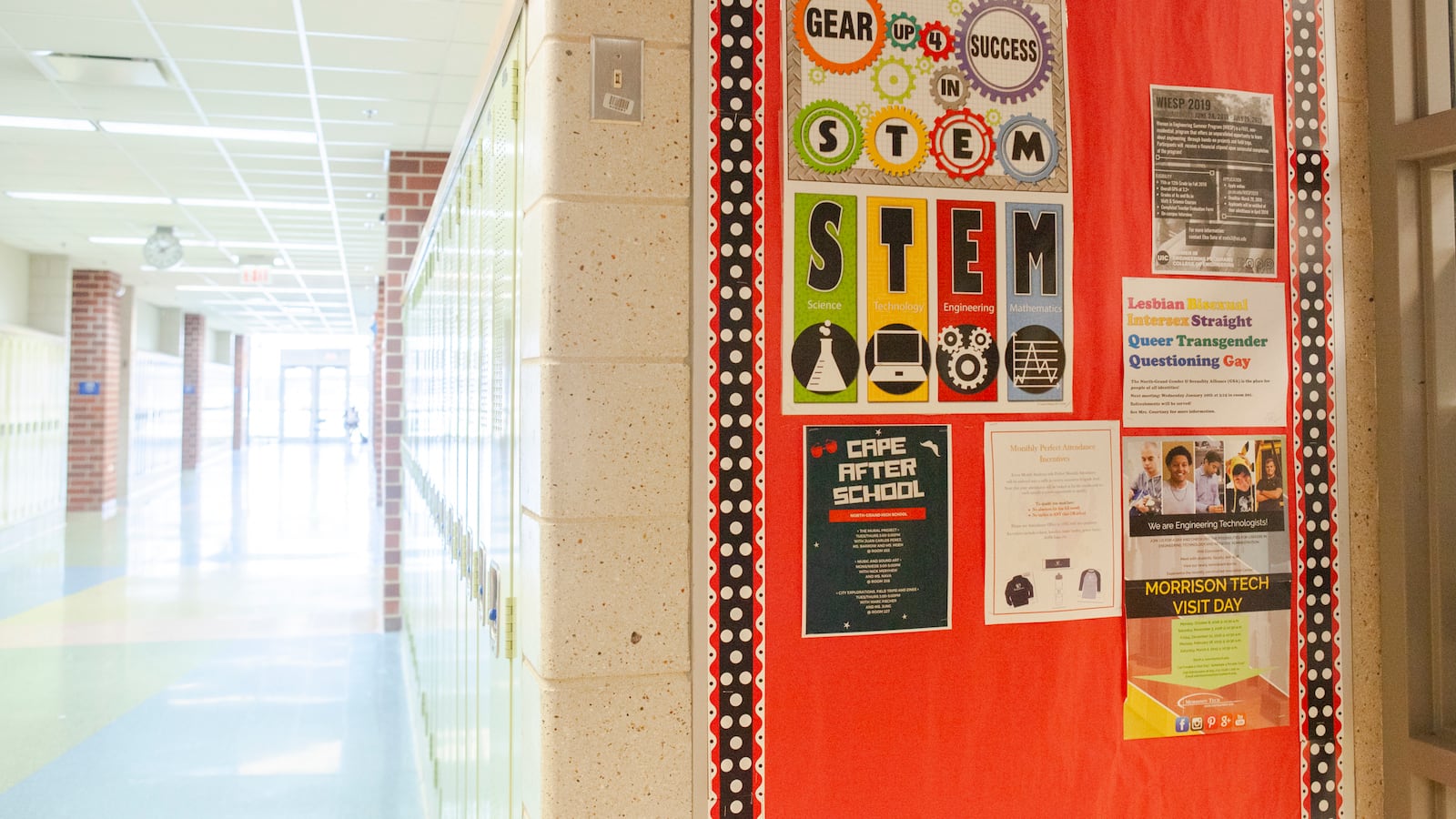Words are powerful. During our most formative years — and especially when wielded by authority figures — words can have enough force to shape who we are, who we become, and how we think about ourselves. I learned the weight words can carry early on, in middle school, when one of my teachers used her words to cut me down. I’ve been hard-pressed to shake them since.
I was an above-average student at my school in Chicago but, like many of my peers, I found science, technology, engineering, and math to be challenging. But instead of encouraging me to keep going, this educator told me I should give up. In her eyes and, eventually, in mine, there was no place for me in STEM. “You dress nicely and are very articulate,” she told me. “I could envision you as a broadcast journalist or a radio DJ because you communicate and present yourself well, but math and science are not your thing.”

This discouragement, despite its sourness, was the start of my 25-year journey of fighting for inclusion and representation in and beyond STEM. I now lead FIRST, a global nonprofit robotics community shaping young people in pre-K through 12th grade into science and technology leaders and innovators. Our students are empowered to apply what they learn through in-classroom and after-school STEM programming to find real-world solutions to problems in areas like water management, energy, and transportation.
As a kid myself, I did not have a wealth of in-home learning resources available to me. My parents divorced when I was in elementary school, and I was raised by a single mother who worked days, nights, and weekends to support my sister and me. I did not always have a parent available who could help me solve math problems, explain tricky physics concepts, or afford a tutor.
I will never know why this teacher assumed I could not cut it in STEM, but when she gave up on me, I believed her. I had wanted to be a marine biologist or an astronaut, but she convinced me that I lacked the ability to succeed in the necessary subjects. Instead of working harder in math and science, I fell into the trap of believing I could never get better.
Maybe I would have received this teacher’s words differently if I had STEM role models or a trusted mentor who could push me to challenge her assessment of me. Maybe then, her words wouldn’t have resounded with such finality in my young mind. Looking back, I wish I had the confidence to understand I had a choice: to let my teacher’s words discourage me or to cast her assertion aside and believe in my own potential.
Unfortunately, I took her “advice” and stopped pushing myself in these core subjects. I threw myself into sports and other academic areas that lined up with my established skillsets. I quickly found success, but throughout college and into my professional career, I held on to this feeling that STEM was not my thing.
Sports taught me confidence and the importance of a growth mindset, continuous self-improvement, and working with a team. By the time I graduated college, and ultimately graduate school, I was determined to never again allow someone to impose their beliefs or opinions of my ability on me.
It’s frustrating to see so many students … are still being told no, decades after I was told the same.
I was lucky to come to this realization, albeit belatedly, but I am far from the only student to have struggled with STEM and been discouraged from pursuing those subjects. According to Pew, women still make up less than a quarter of computing and engineering workers, while Black students earn only 7% of STEM bachelor’s degrees and Hispanic graduates earn 12%.
Students come into our programs with their tails between their legs all the time. We remind those (and all) students that everyone starts somewhere, failure is something to be celebrated, and that even the smallest contributions can make a difference. We assess their skills — but more importantly, their interests — and match them with older students and adult mentors. They may hit walls. They will fail. But with the aid of their teammates and adult supporters, they will persevere. They will grow to believe in themselves, too.
While I have proudly dedicated my career to creating opportunities for all students, the reality is that the opportunity gap still needs to be closed. It’s frustrating to see so many students, due to their race, upbringing, orientation, gender identity, and more, are still being told no, decades after I was told the same.
Society is facing unprecedented challenges. We cannot afford to lose a generation of potential innovators and problem-solvers. Teachers have an incredibly important role in youth development and must overcome their own beliefs — and, in some cases, their own STEM insecurities — to maximize their students’ potential.
I recently spoke with Dr. Diana Lockwood-Bordaña, an educator, researcher, and author who has studied STEM equity strategies for the classroom: She stresses the importance of approaching teaching with an asset-based mindset, providing experiences and feedback that develop students’ strengths, and encouraging students to “fail forward” by understanding that failure is simply the first step on the way to discovery.
I’ve often wondered if it weren’t for that bad experience with that one teacher in middle school, would I have made a different career choice initially? As adults, we expect students to push through challenges all the time, and this means giving students opportunities to fail safely. If we don’t give students a safe space to land, especially in STEM, how can we expect them to jump?
Chris Moore is the CEO of the global robotics community FIRST. Previously, he led other youth-serving organizations such as Positive Coaching Alliance, the United States Youth Soccer Association, and GENYOUth. A native Chicagoan, Chris resides in North Dallas, Texas, with his wife and two teenage sons.



